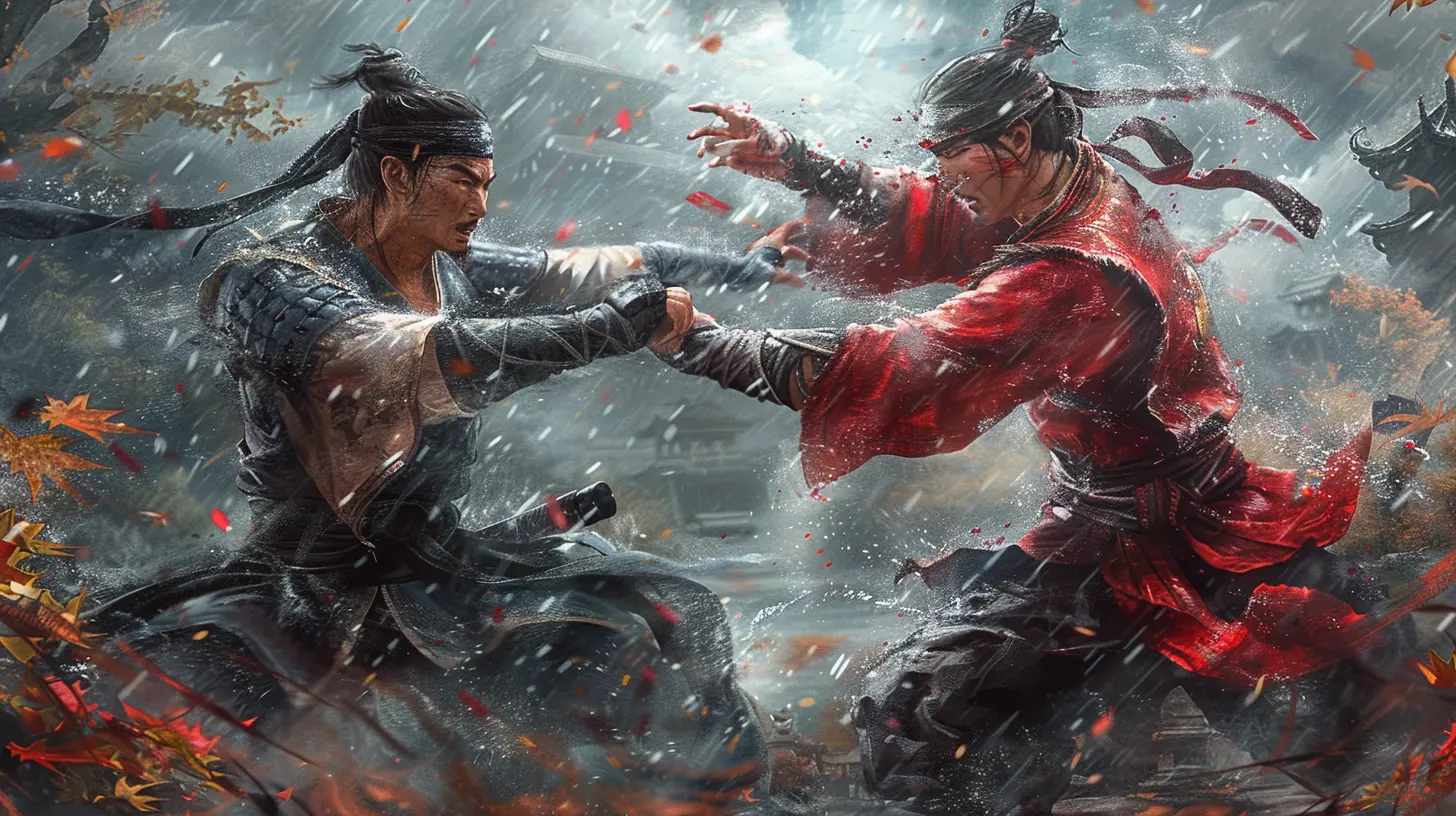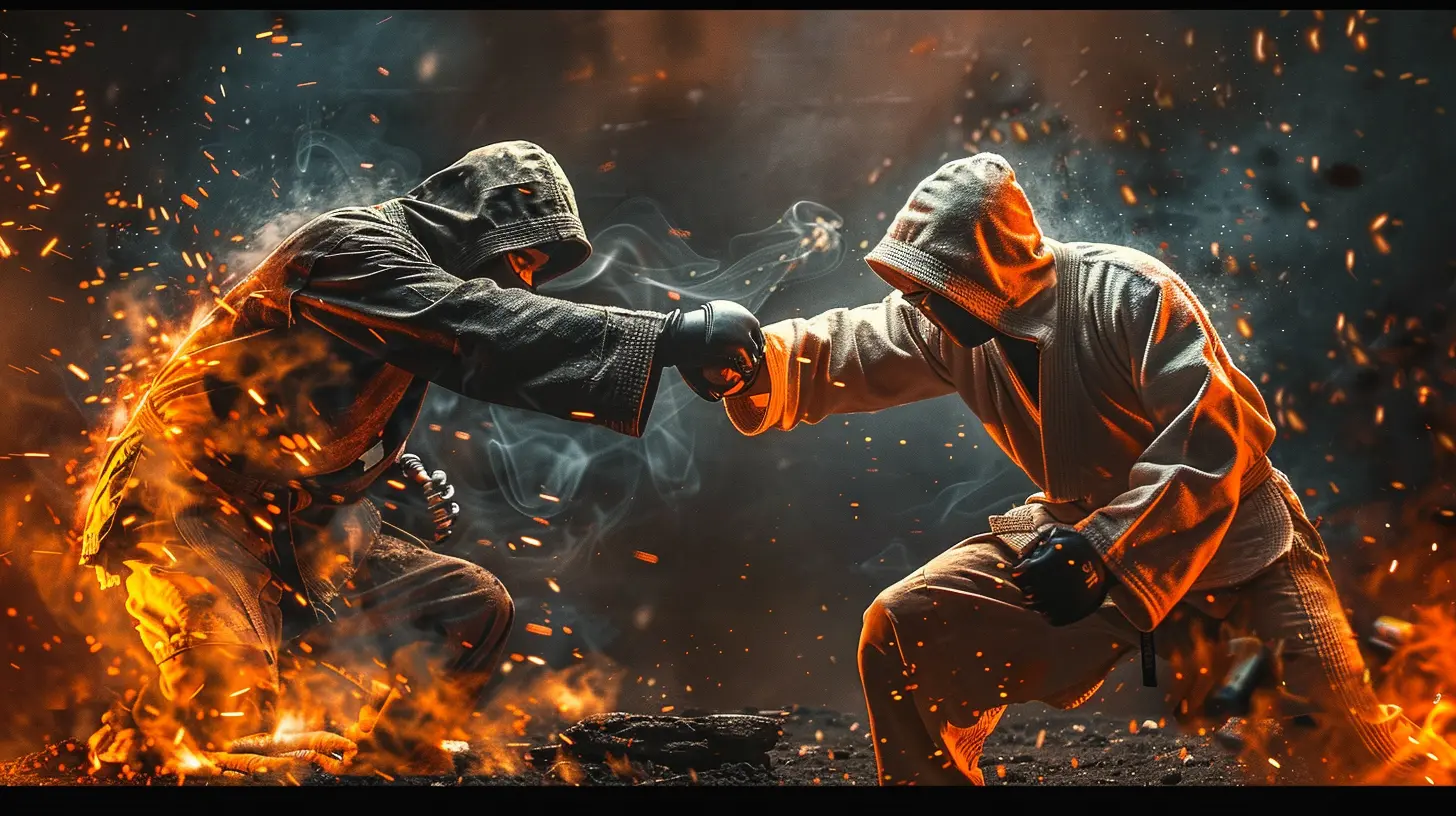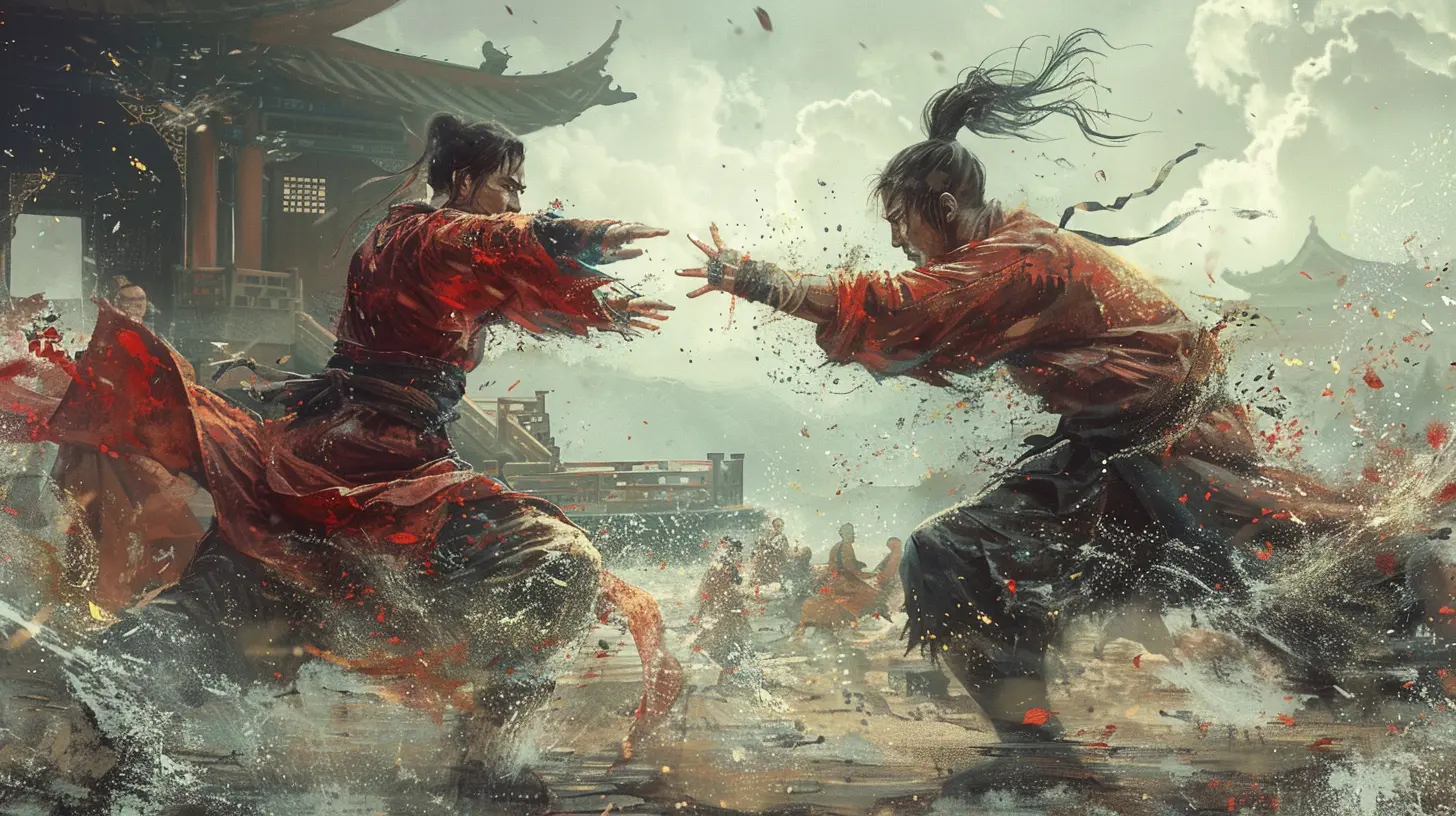The Role of Blocking and Parrying in High-Level Play
29 September 2025
When it comes to gaming, the skills that separate casual players from the pros often come down to the tiniest details. But it’s not just about flashy combos or crazy reflexes—sometimes, what makes or breaks a high-level player is knowing when to defend. Blocking and parrying are more than just defensive maneuvers; they’re an artform, a psychological game, and, in many ways, a statement of dominance. So, buckle up, because today we’re diving headfirst into the deep end of why blocking and parrying are absolutely crucial at high-level play.
Understanding the Basics: What Are Blocking and Parrying?
Let’s start with the foundation. Blocking is pretty straightforward—it’s about reducing or nullifying incoming damage. Whether you’re holding a shield in Dark Souls or simply holding the "block" button in Street Fighter, the concept is the same: you’re putting something between you and your opponent’s attack.Parrying, on the other hand, is a whole different beast. While blocking is passive, parrying is active. It requires timing, precision, and guts. Parrying isn’t content with stopping an attack; it’s designed to turn the tables. Think of it as the gaming equivalent of saying, “Not today!” and smacking the opponent’s hand away. It’s flashy, high-risk, and oh-so-rewarding.
Why These Mechanics Matter in Competitive Play
So, why are blocking and parrying so important when you’re playing at a high level? Well, imagine playing chess without knowing how to defend your king—it’s suicidal. High-level players understand that offense and defense are two sides of the same coin. Trying to win without mastering these defensive techniques is like trying to beat a boss fight without learning its patterns. Spoiler alert: it’s not going to end well.In high-level matches, every little action matters. Blocking and parrying aren’t just about survival; they’re about control. They allow players to dictate the pace of the game and force opponents to second-guess their strategies. When used effectively, these mechanics can completely throw off an opponent’s rhythm, opening up opportunities for devastating counterattacks.
Blocking: The Unsung Hero of Defense
Blocking doesn’t get the credit it deserves. Let’s be real—blocking isn’t flashy. There’s no hype when someone holds up a shield or turtles in the corner of the screen. But here’s the thing: blocking wins games. It’s the bread and butter of defense, and it’s something every competitive player needs to respect.The Advantages of Blocking
Blocking is consistent. Unlike parrying, which relies on timing, blocking is reliable and forgiving. It’s the safety net of defensive mechanics. Got caught off guard by a mix-up in Tekken? Block. Unsure if your opponent is going for a grab or a strike in Mortal Kombat? Block. It gives you the breathing room to assess the situation and plan your next move.Blocking also minimizes risk. Sure, you might take a bit of chip damage (depending on the game), but it’s a lot better than eating a full combo to the face. It’s the defensive equivalent of saying, “I’ll play it safe for now.”
Mind Games and Blocking
But blocking isn’t just about avoiding damage. It’s a psychological tool. Ever heard of “conditioning” in fighting games? It’s when you train your opponent to react a certain way. By blocking consistently, you can lull your opponent into a false sense of security. Maybe they’ll get cocky and overextend, leaving themselves open for a counter. Or maybe they’ll get frustrated and switch up their strategy, giving you the advantage. Blocking might not be showy, but it’s smart.
Parrying: The Flashy Risk-Taker
Ah, parrying. If blocking is the dependable older sibling, parrying is the rebellious show-off. It’s high-risk, high-reward, and it’s often the favorite tool of players who like to flex on their opponents. Trust me, there’s no better feeling than perfectly timing a parry and immediately punishing with a counterattack.Timing Is Everything
Parrying is all about precision. There’s a tiny window where you can execute the perfect parry, and mastering that timing takes practice, patience, and nerves of steel. It’s not for the faint of heart. Miss a parry, and you’re leaving yourself vulnerable to a full punish. But get it right? Oh man, it’s like hitting a grand slam in the bottom of the ninth inning.Why Parrying Is a Game-Changer
Parrying doesn’t just stop an attack—it flips the entire script. In games like Street Fighter III: Third Strike, a parry can completely negate an opponent’s combo and leave them wide open. Remember the famous Daigo vs. Justin Wong moment at EVO 2004? Yeah, that legendary sequence wouldn’t have been possible without parrying. It’s a mechanic that rewards precision and confidence, and it can completely shift the momentum of a match.Psychological Warfare with Parrying
But parrying isn’t just a physical skill; it’s psychological warfare. Successfully parrying an opponent tells them, “I know your next move.” It forces them to rethink their strategy and can make even the most aggressive player hesitate. It’s like getting inside your opponent’s head and rearranging the furniture. And at high-level play, where every split-second decision matters, that hesitation can be the difference between victory and defeat.Combining Blocking and Parrying: The Perfect Balance
Here’s the thing: blocking and parrying aren’t mutually exclusive. The best players know when to use each tool. Blocking is your safety net, while parrying is your power play. Together, they create a defensive toolkit that’s versatile and deadly.Adapting to Your Opponent
High-level play is all about adaptation. Some opponents might be hyper-aggressive, forcing you to rely more on blocking. Others might be predictable, giving you plenty of opportunities to parry. The key is to read your opponent and adjust your strategy accordingly. It’s like playing poker—you’re not just playing your hand; you’re playing the person across the table.The Importance of Risk Assessment
Knowing when to block and when to parry is all about weighing risks and rewards. Blocking is low-risk but offers limited opportunities for counterplay. Parrying, on the other hand, is high-risk but can completely turn the tide of battle. It’s a constant balancing act, and mastering that balance is what separates the good players from the great ones.Games That Nail Blocking and Parrying Mechanics
Let’s give a shoutout to some games that have truly embraced the art of blocking and parrying. Titles like Sekiro: Shadows Die Twice, Street Fighter III: Third Strike, and Dark Souls have elevated these mechanics to an art form. They reward players who take the time to master defensive techniques and make every successful block or parry feel satisfying.In Sekiro, for example, the deflection mechanic is essentially a parry on steroids. It’s the core of the game’s combat system, and players who master it can make even the toughest bosses look trivial. Meanwhile, in Dark Souls, parrying is a high-stakes gamble that can instantly turn the tide of a fight—but only if you’ve got the timing down.
Final Thoughts: Embracing the Art of Defense
Blocking and parrying might not always get the spotlight, but they’re the unsung heroes of high-level play. They’re not just about defense; they’re about control, strategy, and outsmarting your opponent. Whether you’re turtling to frustrate your opponent or timing the perfect parry to land a devastating counter, these mechanics add depth and excitement to competitive gaming.So, the next time you’re tempted to spam attacks, take a step back and think: “How can I turn their offense into my advantage?” Mastering blocking and parrying isn’t just about surviving—it’s about thriving.
all images in this post were generated using AI tools
Category:
Fighting GamesAuthor:

Leandro Banks
Discussion
rate this article
1 comments
Zephira Ortiz
Blocking and parrying are essential mechanics in high-level gameplay, demanding precise timing and anticipation. Mastering these techniques not only enhances defensive strategies but also opens opportunities for counterattacks, thereby significantly impacting overall performance.
September 29, 2025 at 3:07 AM

Leandro Banks
Absolutely! Mastering blocking and parrying is crucial for high-level play, as it not only strengthens defense but also creates openings for effective counterattacks, greatly influencing overall performance.


